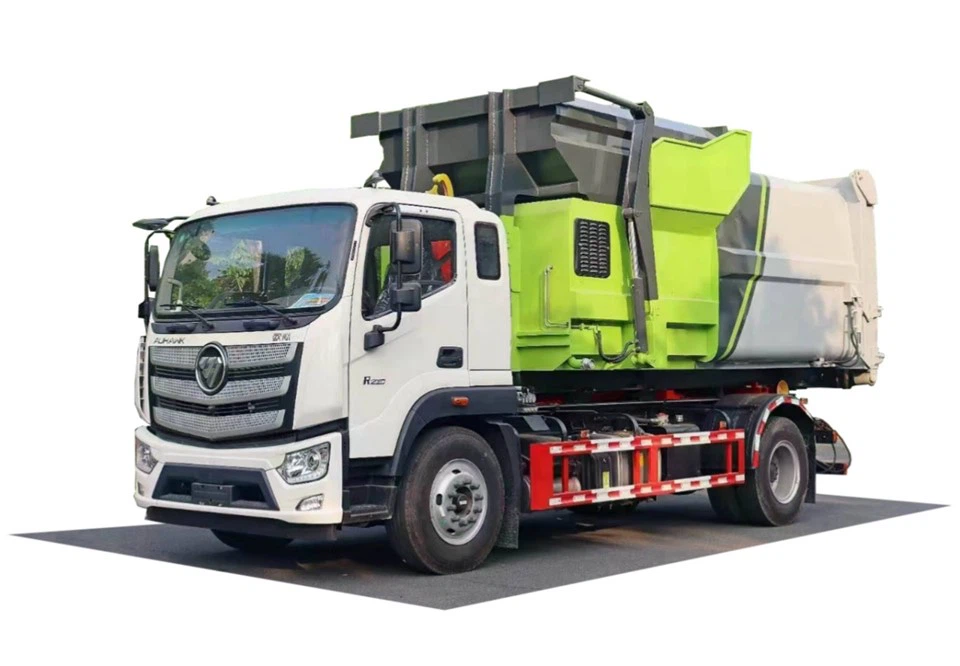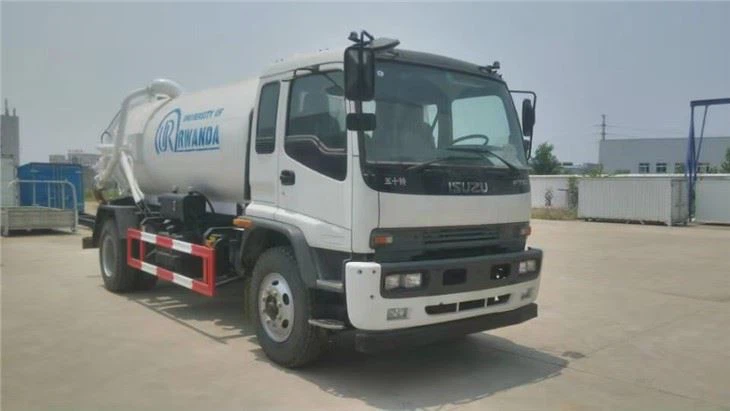Understanding Bulk Gas Transport: A Comprehensive Guide

Bulk gas transport refers to the large-scale movement of gases, such as natural gas, hydrogen, and industrial gases, from one location to another. This process plays an essential role in various industries, enabling energy production, chemical manufacturing, and more. In this article, we will explore the methods, challenges, benefits, regulations, and future advancements in bulk gas transport.
1. Overview of Bulk Gas Transport
Transporting gases in bulk involves efficient and safe methods of moving large quantities of gas over long distances. The primary goal of bulk gas transport is to meet industrial and consumer demands while ensuring minimal environmental impact.
1.1 Importance of Bulk Gas Transport
Bulk gas transport is crucial for several reasons:
- Provides essential resources for power generation and heating.
- Enables the operation of various industrial processes.
- Facilitates international trade of energy resources.
- Supports the transition to cleaner fuels, such as hydrogen.
2. Methods of Bulk Gas Transport
There are several primary methods for transporting gases in bulk, each with its unique advantages and challenges.
2.1 Pipeline Transportation
Pipelines are the most common method of bulk gas transport, especially for natural gas. They provide a continuous and reliable flow of gas.
Advantages:
- Cost-effective for long distances.
- Low operational risk if properly maintained.
- Environmental impact is lower than other methods.
Challenges:
- High initial investment.
- Vulnerability to leaks and physical damages.
- Regulatory hurdles related to land use.
2.2 Truck Transport
Truck transport is often used to move smaller quantities of gas. It is typically used when pipelines are not available.
Advantages:
- Flexible and adaptable to various locations.
- Quick transportation for immediate needs.
Challenges:
- Higher costs per unit for long distances.
- Road restrictions and regulations.
2.3 Rail Transport
Rail transport is another method that can move bulk gases over long distances, particularly liquefied gases.
Advantages:
- Efficient for large volumes over land.
- Lower greenhouse gas emissions compared to truck transport.
Challenges:
- Infrastructure limitations in some areas.
- Requires loading and unloading facilities.
2.4 Maritime Transport
Liquid gases, such as LNG (Liquefied Natural Gas), are commonly transported via ships over international waters.
Advantages:
- Ideal for intercontinental transport of gases.
- Can transport massive quantities at once.
Challenges:
- Higher costs compared to other methods.
- Lengthy transport times and potential for delays.
3. Types of Bulk Gases Transported
Bulk gas transport encompasses various gases used in numerous applications. Here are some of the most commonly transported types:
3.1 Natural Gas
Natural gas is predominantly transported via pipelines due to its gaseous state at ambient temperature and pressure.
3.2 Liquefied Natural Gas (LNG)
LNG is natural gas that has been cooled to a liquid state, making it easier to transport over long distances.
3.3 Hydrogen
As hydrogen becomes increasingly important as a clean energy source, the infrastructure for bulk hydrogen transport is developing.
3.4 Industrial Gases
Gases like oxygen, nitrogen, and argon are transported in bulk to serve various industrial applications, including metal fabrication and chemical processing.
4. Safety and Environmental Considerations
Safety is paramount in bulk gas transport, especially concerning leaks and explosions. Companies must adhere to strict safety standards and practices to minimize risks.
4.1 Safety Regulations
Regulatory bodies enforce safety regulations to manage risks associated with gas transport. Some examples include:
- Pipeline safety regulations set by the U.S. Department of Transportation.
- Environment Protection Agency (EPA) regulations for emissions and environmental impacts.
4.2 Environmental Impact
While bulk gas transport is essential, it can have environmental effects, including:
- Potential for spills and leaks.
- Carbon emissions from transportation vehicles.
Companies are investing in cleaner technologies and practices to mitigate these impacts.
5. Economic Factors in Bulk Gas Transport
The economics of bulk gas transport are influenced by various factors, including supply and demand, infrastructure costs, and market prices.
5.1 Supply and Demand Dynamics
Understanding market trends and regional gas demand is vital for determining the most efficient transport methods. For example, areas with high energy consumption may require increased pipeline capacity.
5.2 Infrastructure Development Costs
Building pipelines, terminals, and storage facilities involves significant capital investment. Economic feasibility studies are critical to deciding on new infrastructure projects.
6. Future Trends in Bulk Gas Transport
As technology progresses and the world shifts towards greener energy, bulk gas transport is expected to undergo numerous changes:
6.1 Advancements in Pipeline Technology
Innovations in pipeline materials and monitoring technologies can enhance safety and efficiency. Smart pipeline systems are being developed to detect leaks early and optimize flow.
6.2 Expansion of Hydrogen Infrastructure
The rise of hydrogen as a clean energy source is creating opportunities for new transport infrastructure, including hydrogen pipelines and LNG facilities capable of handling hydrogen.

6.3 Use of Renewable Energy

Integrating renewable energy sources into gas transport processes can reduce overall emissions and reliance on fossil fuels, promoting sustainability in the energy sector.
7. Practical Tips for Businesses Involved in Bulk Gas Transport
For businesses operating in the bulk gas transport sector, here are some practical tips to enhance efficiency and safety:
7.1 Regular Maintenance Checks
Conduct regular inspections and maintenance of transport vehicles and pipelines to prevent leaks and ensure safe operations.
7.2 Training and Safety Protocols
Implement in-depth training programs for employees on safety protocols and emergency response procedures related to gas transport.
7.3 Collaborate with Regulatory Authorities
Maintain open communication with regulatory bodies to stay informed on safety requirements and environmental policies affecting bulk gas transport.
7.4 Invest in Technology
Utilize advanced technologies such as digital monitoring systems and data analytics to improve operational efficiency and safety in transport processes.
8. Frequently Asked Questions (FAQs)
8.1 What is bulk gas transport?
Bulk gas transport refers to the large-scale movement of gases such as natural gas, hydrogen, or industrial gases across various distances using pipelines, trucks, rail, or ships.
8.2 What are the main methods of bulk gas transport?
The primary methods include pipelines, truck transport, rail transport, and maritime transport for liquefied gases.
8.3 What types of gases are commonly transported in bulk?
Common examples include natural gas, liquefied natural gas (LNG), hydrogen, and various industrial gases like oxygen and nitrogen.
8.4 What are the safety regulations for bulk gas transport?
Safety regulations vary by region but typically include guidelines for pipeline integrity, leak detection, emergency response, and environmental impacts.
8.5 How does bulk gas transport impact the environment?
While it is essential for energy supply, it can lead to environmental issues such as leaks, spills, and greenhouse gas emissions if not managed properly.

8.6 What are future trends in bulk gas transport?
Future trends include advancements in pipeline technology, the growth of hydrogen infrastructure, and the integration of renewable energy sources into transportation processes.
